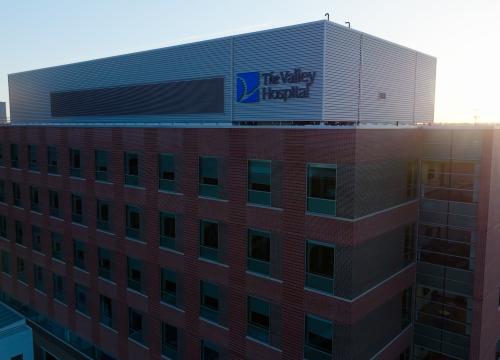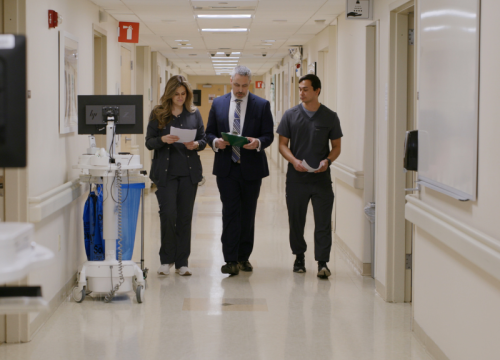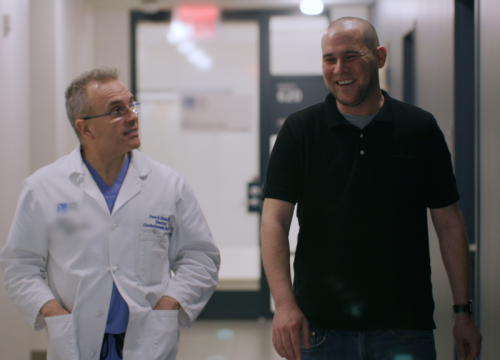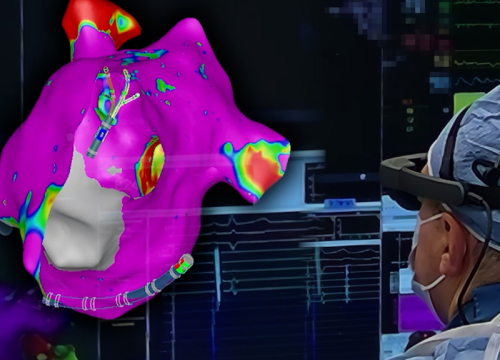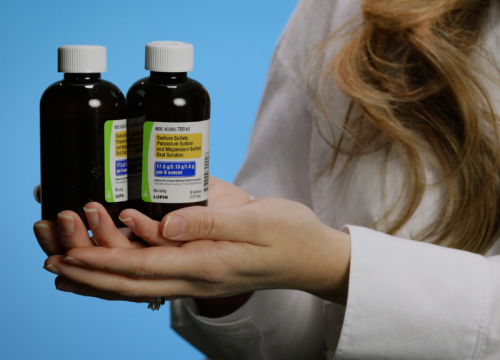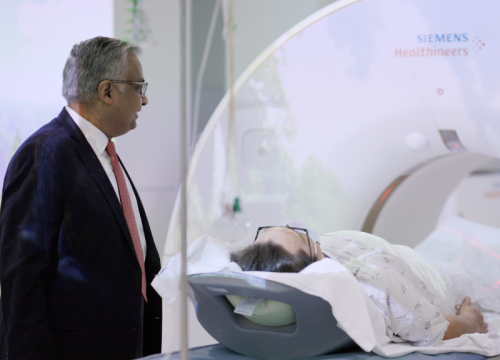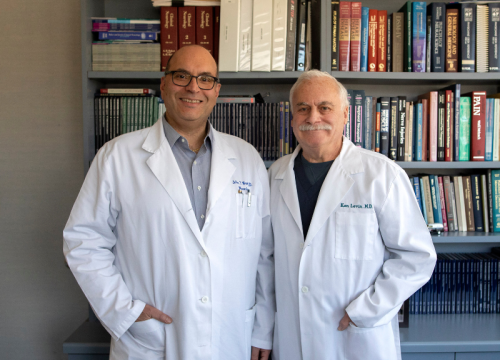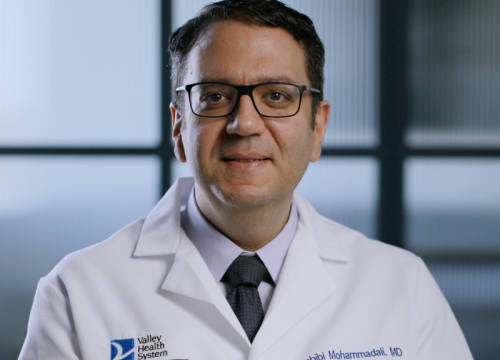The Valley Hospital’s Snyder Center for Comprehensive Atrial Fibrillation was the first center in New Jersey to use vein of Marshall ablation in patients with persistent atrial fibrillation.
What is Vein of Marshall Ablation?
Vein of Marshall ablation is a minimally invasive treatment option for patients who experience persistent symptoms associated with atrial fibrillation.
When is Vein of Marshall Ablation used?
Patients diagnosed with atrial fibrillation typically undergo a pulmonary vein isolation ablation, which is used to stop irregular electrical signals that cause abnormal heart rhythms. If atrial fibrillation symptoms become more persistent and last longer than seven days, a pulmonary vein isolation ablation alone may not be enough.
To further treat patients experiencing these persistent symptoms, an ablation to the vein of Marshall with ethanol infusion can be used as an additional treatment option. When used in conjunction with a pulmonary vein isolation ablation, the vein of Marshall ablation directly eliminates additional triggers that can cause atrial fibrillation.
How Does Vein of Marshall Ablation Treatment Work?
Vein of Marshall ablation is a chemical ablation completed by inserting a catheter and a small balloon directly into the vein of Marshall. The balloon is then inflated, occluding the vein of Marshall to allow for the injection of ethanol without spilling into other areas. After 2-3 injections that take only a few minutes, the balloon is removed, and electrophysiologists evaluate the effect of this ablation by creating a map of the area. In addition, a pulmonary vein isolation ablation will be completed to fully treat the arrhythmia.
“We believe that between 10-20 percent of patients who experience persistent atrial fibrillation and need repeat ablation procedures will benefit from vein of Marshall ablation. We are excited to add this to our array of treatments and hope our patients will fully benefit from this new technique.”



